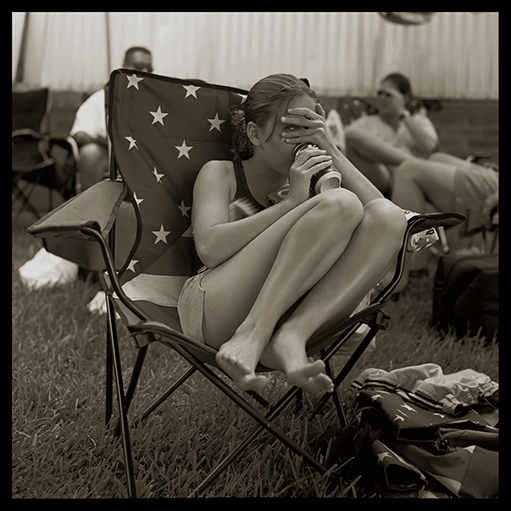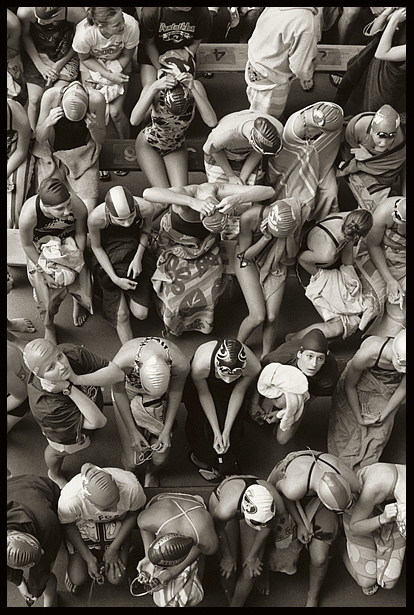regularchickens
Well-known
I'm looking for creamy-smooth midtones in my B&W, as I feel like that's something I've been missing. It's relatively easy for me in 120 (Neopan 400 and F76+ via a Tessar in open shade form my favorite combination for that), but trickier for me in 35mm, especially with 400-speed B&W.
So, what do you do and/or use (lenses, films, developers, printing, Photoshop) to get those gorgeous, creamy midtones?
So, what do you do and/or use (lenses, films, developers, printing, Photoshop) to get those gorgeous, creamy midtones?









